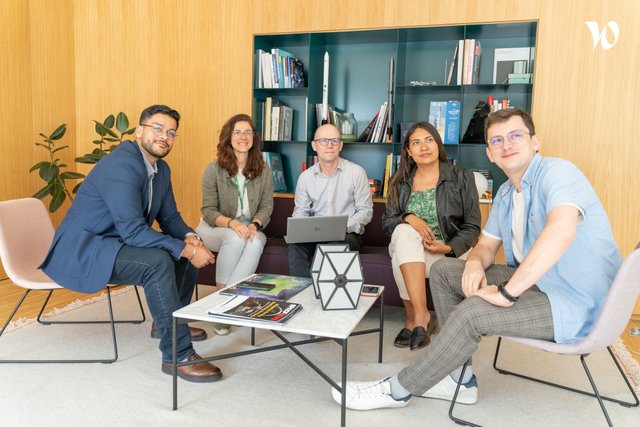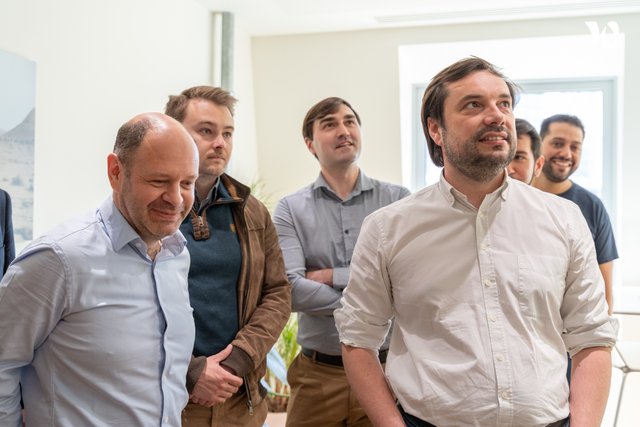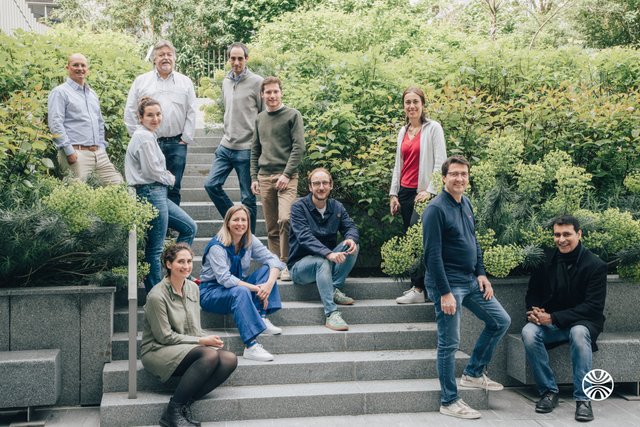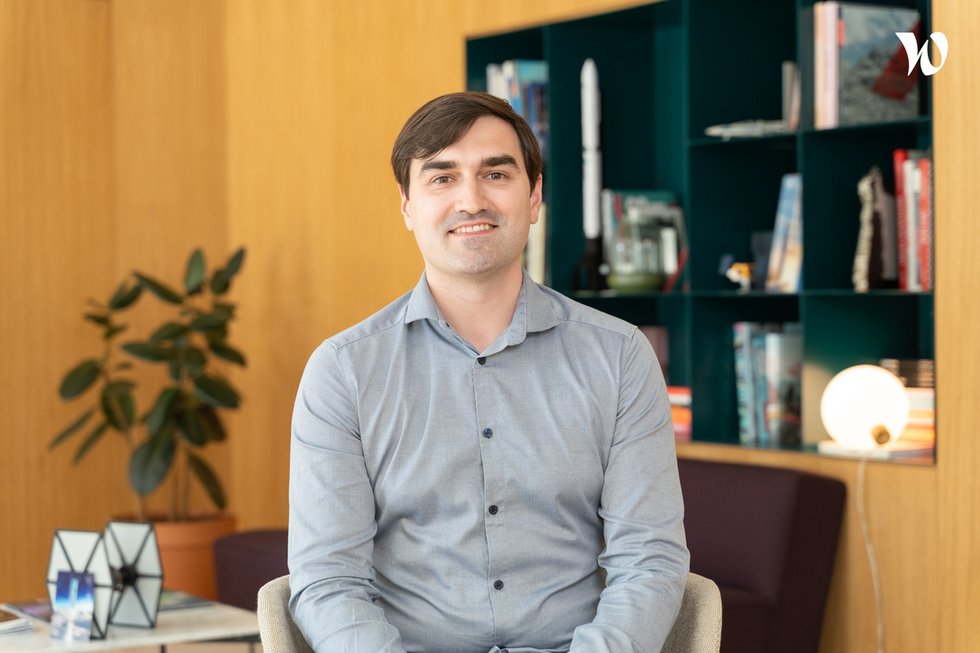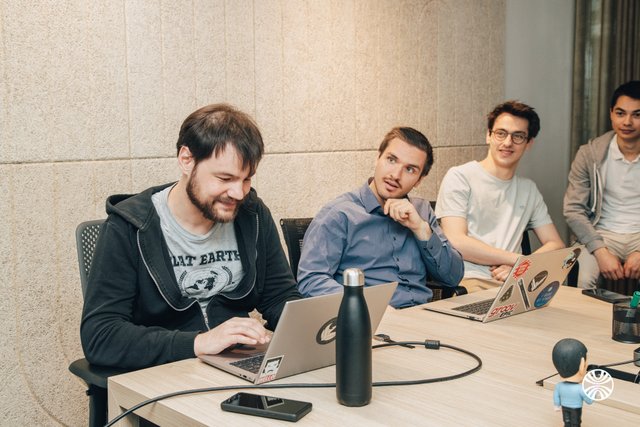The development MaisSpace's reusable mini-launcher is conducted by several teams, including:
- LSA, Launch System Architects
- GSE, Ground Segment & Operations
- Avionics and EGSE
- Upper and Lower Stages
- Upper part and Mission analysis
Each of these teams is organized in an Agile structure, and notably includes:
- Product Owner, in charge of the team's technical and programme objectives, in consultation with the CPO (Chief Program Officer)
- Architecture Owner, who is in charge of technical coherence within the team and with other teams
- 7 to 8 engineers or developers, each expert in their domains..




